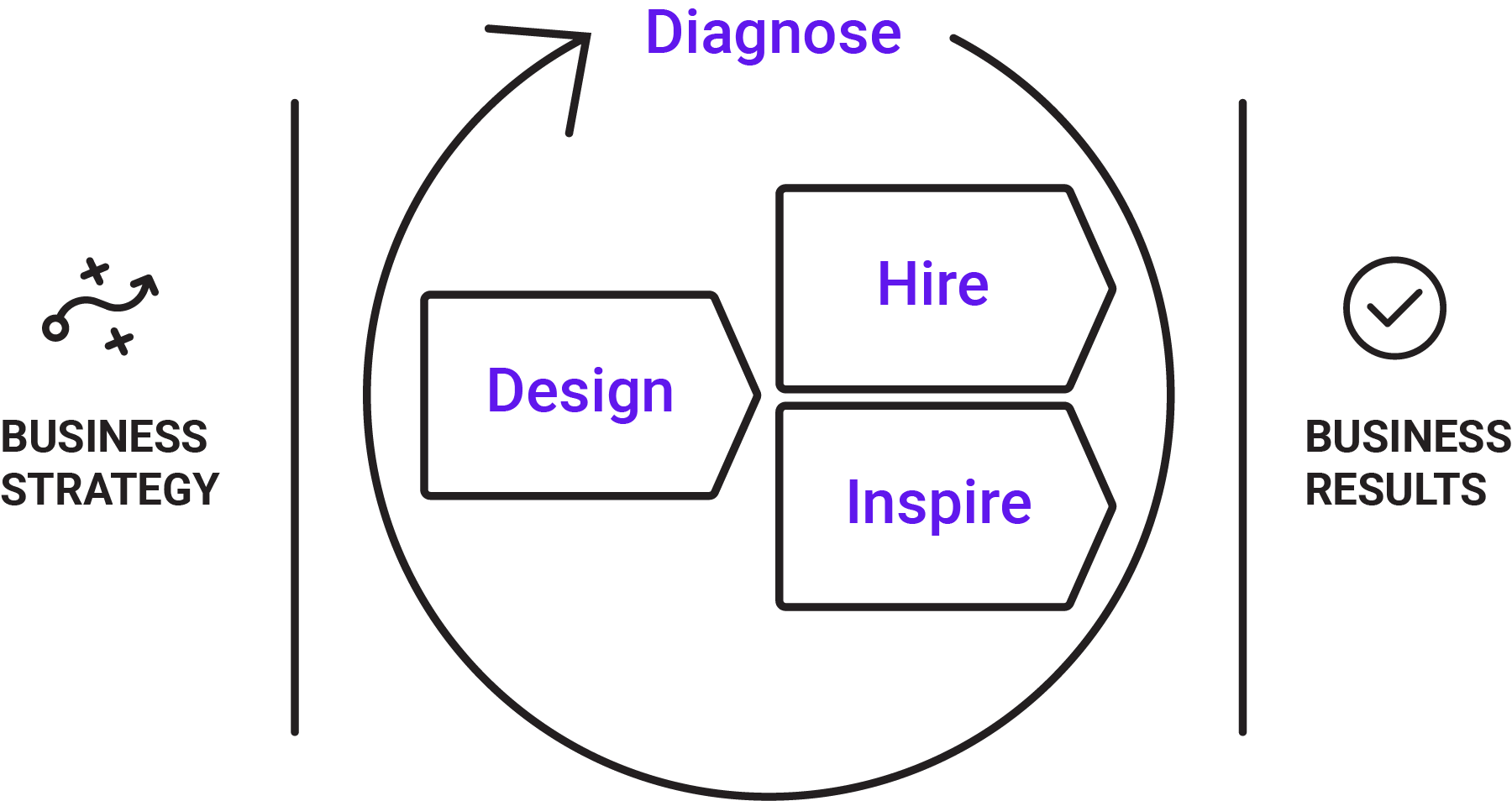What is Talent Optimization?
By Admin |
4.7 min read
What is Talent Optimization?

Talent Optimization. If you haven’t heard of it before, a simple glance at Predictive Index’s website or any of its social media posts from the last few months will do the trick. Even the team here at Predictive Success is guilty of promoting it like crazy. That’s because we’re firm believers in the methodology and logic that accompanies the term. But what exactly does “Talent Optimization” mean? And why should you care?
The purpose of this post is to de-mystify some of the confusion around what those words really mean and how talent optimization can help you take your business venture to the next level. Consider this statistic: from Predictive Index’s 2018 annual benchmarking report, which surveyed business executives across America, 52 percent of the CEOs said they didn’t achieve their business results last year. And at the core of this underachievement? People. Regardless of the organization, results—or lack thereof—are driven by people.
It is your responsibility, as a business leader, to ensure that your company optimizes its talent, so that it can achieve its objectives and outperform the competition. Talent optimization uses data and analytics to make sure that a business leader’s path to success is informed and purposeful. Through this tool, you can define job requirements, identify ideal candidates for open positions, align teams to accomplish business goals, and effectively inspire employees for optimal results.
Predictive Index organizes this principle into four ‘essential truths’:
- Talent optimization exists within the business context
- Talent optimization is driven by people data
- Talent optimization must be embraced by leaders at every level
- Talent optimization protects against the four forces of disengagement
Essential Truth #1 – Talent optimization exists within the business context
The idea behind “talent optimization exists within business context” is that talent optimization is not a singular and unrelated force. It is informed by business strategy and only functions within an organizational context. This principle is not designed to alter your business strategy. Instead, it is a way of elevating your organization’s strategy into a way that enables your workforce to achieve important business results. Your strategy is still at the heart of your decision-making process, but talent optimization allows you to also encompass a people strategy that guides the way you hire people, build teams, and design your culture. Refer to the fancy graph below for a better visualization of this process.

Essential Truth #2 – Talent optimization is driven by people data
While your business strategy remains at the heart of your decision-making process, that does not mean it wouldn’t benefit from a little bit of empirical evidence. ‘People Data’ as we like to put it, empowers business leaders to make objective decisions, rather than relying on intuition when it comes to talent recruitment. The means by which this people data is collected include famous tools such as the Predictive Index Behavioural Assessment™. While no single tool can accurately portray the whole of an individual, using data leveraged from PI’s assessments can still help predict performance to a reasonable degree. If anything, it’s a lot better than subjective hiring, which is like taking a shot in the dark. We wrote another blog that explores the methodology and the 60 years of scientifically validated evidence that supports the PI Behavioural Assessment.
Essential Truth #3 – Talent optimization must be embraced by leaders at every level
Like any great corporate philosophy, talent optimization cannot succeed if it isn’t adopted by leaders at every level of your organization. Talent optimization needs to run through every vein of your business, otherwise, it won’t work. This includes a range of employees, everyone from senior leadership to frontline managers to individual contributors.
Essential Truth #4 – Talent optimization protects against the four forces of disengagement
From Predictive Index’s annual survey, only 20 percent of the survey’s 3,000 respondents identified as strongly engaged with their organization. That means that one in five employees would say they’re proud to work for their organization, would recommend their company as a great place to work, are happy working at their organization, and it would take a lot to get them to leave. On the flip side, that also means that four of five employees, or 80 percent of the workforce, would not strongly agree with one of the four statements.
Engagement is defined by Predictive Index as ‘discretionary effort’, the willingness to go above and beyond minimum requirements. When this discretionary effort is missing, business results suffer. Unintended negative side effects of low engagement include poor productivity, absenteeism, safety issues, poor client service, or a toxic workplace culture.
The four key causes of disengagement include misalignment with the job, misalignment with the manager, misalignment with the team, and misalignment with culture. These ‘forces of disengagement’ are all created by misinformed decision-making and talent procurement processes.
Conclusion
The intention of this post was to make Talent Optimization and its four ‘essential truths’ easier to digest. These are the four pillars that guide the development of the Talent Optimization process. Of course, there is still the execution phase of Talent Optimization that is yet to be discussed. The execution of talent optimization is categorized into four steps, which are called ‘aptitudes’. That’s what the fancy graph at the beginning helps to depict. For more on talent optimization’s four aptitudes, make sure to inquire into how Predictive Success can leverage talent optimization to help your business. Click here, for more information.
Related Blogs
How to Decide Who to Layoff?
How to Decide Who to Layoff? A Strategic Guide Powered by The Predictive Index In uncertain economic climates, tough decisions often become necessary for business continuity. One of the most challenging decisions any organization faces
HR Risk Management – Full Guide
HR Risk Management: A Full Guide with The Predictive Index Advantage In today’s volatile business environment, human capital remains one of the greatest assets—and one of the biggest risks. Organizations are navigating an increasingly complex
9 Tips for Hiring the Best Salesperson
9 Tips for Hiring the Best Salesperson (Backed by The Predictive Index) Hiring the right salesperson can feel like trying to find a needle in a haystack. Sales is a high-stakes role where the right



